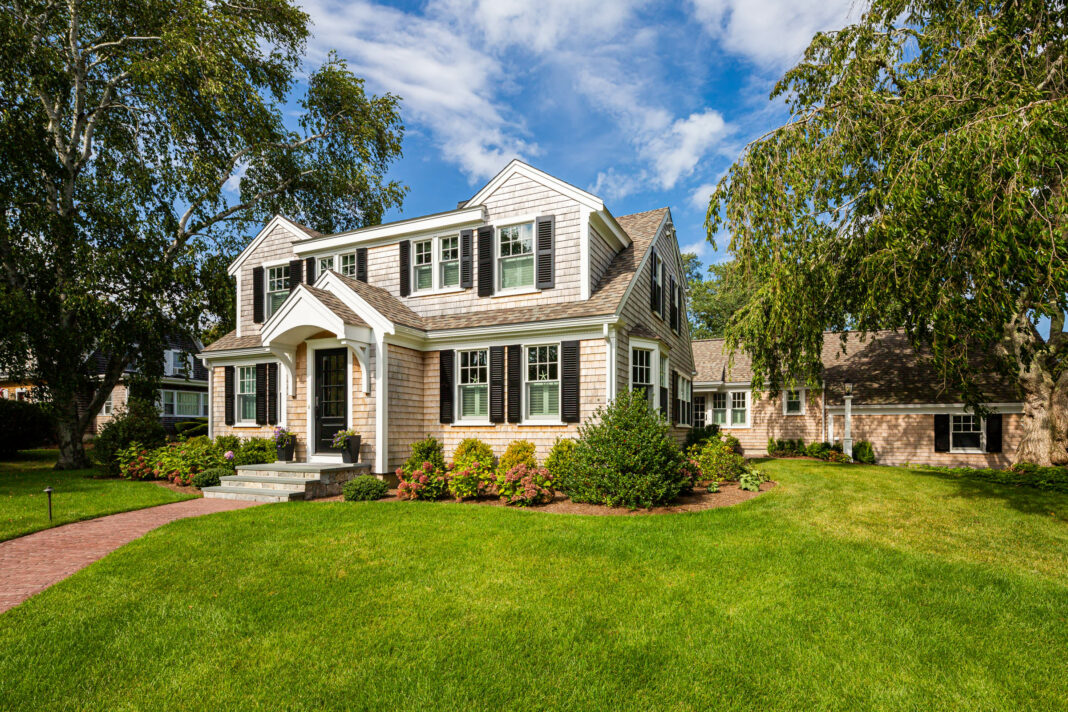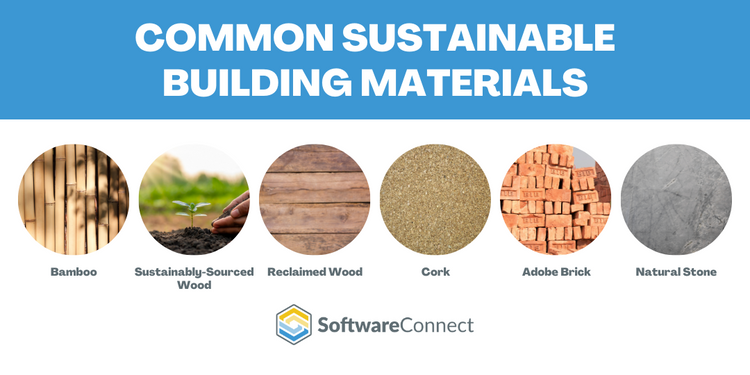Green Architecture Nature’s Building Blocks
Harnessing Sunlight: Passive Solar Design
Passive solar design is a cornerstone of green architecture. It leverages the sun’s energy to heat and light buildings, minimizing the need for artificial systems. This involves strategic placement of windows to maximize solar gain in winter and minimize it in summer, using thermal mass materials like concrete or stone to store and release heat, and designing overhangs and shading devices to control sunlight exposure. Efficiently designed passive solar buildings can significantly reduce energy consumption for heating and cooling, leading to lower utility bills and a smaller carbon footprint.
Embracing Natural Ventilation: Optimizing Airflow
Good ventilation is crucial for a healthy and comfortable indoor environment. Green architecture prioritizes natural ventilation techniques, minimizing reliance on energy-intensive mechanical systems. This can involve strategically placed windows and vents to create cross-ventilation, utilizing stack effect (where warmer air rises and cooler air sinks), and incorporating wind catchers to direct airflow. Natural ventilation improves indoor air quality by reducing pollutants and increasing comfort, further contributing to a sustainable design.

Sustainable Materials: Building with Nature
The choice of building materials is paramount in green architecture. Sustainable materials, such as reclaimed wood, bamboo, recycled steel, and locally sourced stone, minimize environmental impact compared to traditional options. These materials often require less energy to produce and transport, reducing their carbon footprint. Moreover, the use of sustainably harvested timber promotes responsible forestry practices, supporting biodiversity and healthy ecosystems. The inherent qualities of many natural materials, like their insulation properties or breathability, also contribute to a more energy-efficient and comfortable building.
Water Conservation: Smart Water Management
Water conservation is another key aspect of green building. Strategies include the use of rainwater harvesting systems to collect and store rainwater for irrigation or toilet flushing, the installation of low-flow fixtures (toilets, showers, faucets) to reduce water consumption, and the incorporation of drought-tolerant landscaping to minimize irrigation needs. Greywater recycling, which involves reusing wastewater from showers and sinks for non-potable purposes like irrigation, is another innovative water-saving technique often employed in green building projects.
Protecting Biodiversity: Creating Green Spaces
Green architecture isn’t just about the building itself; it’s about the surrounding environment too. Integrating green spaces, such as rooftop gardens, green walls, and permeable pavements, creates habitats for wildlife, improves air quality, and reduces the urban heat island effect. These green spaces also enhance the aesthetic appeal of the building and provide opportunities for recreation and relaxation, improving the overall quality of life for occupants.
Energy Efficiency: Beyond Passive Design
While passive design strategies are fundamental, green architecture also embraces advanced energy-efficient technologies. This includes the use of high-performance insulation to minimize heat transfer, the installation of energy-efficient windows and doors, and the integration of renewable energy sources such as solar panels or wind turbines. Smart building management systems can optimize energy consumption based on occupancy and weather conditions, further reducing energy waste. The combination of passive and active strategies results in significant energy savings and reduces reliance on fossil fuels.
Indoor Environmental Quality: A Healthy Home
Green architecture prioritizes the health and well-being of occupants by focusing on indoor environmental quality. This involves selecting low-VOC (volatile organic compound) materials to minimize indoor air pollution, using natural ventilation strategies to improve air circulation, and optimizing lighting to reduce eye strain and improve mood. By minimizing exposure to harmful chemicals and pollutants, green buildings contribute to a healthier and more productive living environment.
Lifecycle Assessment: A Holistic Approach
A complete green building approach considers the entire lifecycle of a building, from the extraction of materials to its eventual demolition and disposal. Lifecycle assessments evaluate the environmental impact of each stage, identifying areas for improvement and minimizing waste. This holistic approach ensures that sustainability is considered not just during construction, but throughout the building’s lifespan, contributing to a more responsible and environmentally conscious approach to construction. Read more about sustainable building materials.
Eco-Chic Cape Cod Sustainable Living Redefined
Cape Cod’s Unique Environmental Challenges
Cape Cod, with its stunning beaches and picturesque landscapes, faces unique environmental vulnerabilities. The fragile ecosystem is susceptible to rising sea levels, erosion, and the impacts of a growing tourist population. Balancing the needs of a thriving community with the preservation of this delicate environment is a constant challenge, demanding innovative and sustainable solutions. The traditional Cape Cod lifestyle, while charming, often relied on resource-intensive practices that are no longer tenable in the face of climate change and resource depletion.
Embracing Eco-Chic: A Sustainable Shift
The concept of “Eco-Chic” on Cape Cod represents a significant shift in how residents and visitors approach their lifestyle. It’s not about sacrificing comfort or style; instead, it’s about consciously choosing sustainable alternatives that minimize environmental impact while maintaining the region’s distinctive character. This involves a holistic approach, incorporating everything from energy efficiency and waste reduction to responsible sourcing of materials and supporting local businesses committed to sustainability.

Sustainable Building Practices: Constructing a Greener Future
The construction industry is a major contributor to environmental impact, but innovative building practices are transforming the landscape of Cape Cod. Many new homes are being built with sustainable materials like reclaimed wood and recycled content, minimizing the use of virgin resources. Energy-efficient designs incorporating solar panels, geothermal heating and cooling, and improved insulation are becoming the norm, reducing reliance on fossil fuels and lowering carbon footprints. Furthermore, attention is being paid to water conservation through the use of rainwater harvesting systems and low-flow fixtures.
Eco-Friendly Tourism: Minimizing the Visitor Impact
Tourism is a significant part of Cape Cod’s economy, but it can also put a strain on the environment. Eco-conscious tourism initiatives are encouraging visitors to embrace sustainable practices during their stay. This includes promoting the use of public transportation, cycling, and walking instead of relying on cars; encouraging the use of reusable water bottles and reducing single-use plastics; and supporting local businesses committed to sustainable practices. Educating tourists about the region’s delicate ecosystem and the importance of responsible behavior is crucial for long-term preservation.
Local and Sustainable Food Systems: Supporting Local Farmers
Supporting local farmers and adopting a farm-to-table approach is a vital component of sustainable living on Cape Cod. Local farmers markets offer fresh, seasonal produce, reducing the environmental impact associated with long-distance transportation. Community-supported agriculture (CSA) programs allow residents and visitors to connect directly with local farmers, receiving a share of the harvest throughout the growing season. This initiative promotes biodiversity, reduces reliance on industrial agriculture, and supports the local economy.
Waste Reduction and Recycling: Minimizing Landfill Waste
Reducing waste and promoting responsible recycling are critical aspects of sustainable living on Cape Cod. Many towns are implementing comprehensive recycling programs, expanding the range of materials accepted for recycling and encouraging composting initiatives. Efforts are also being made to reduce single-use plastics through public awareness campaigns and the adoption of reusable alternatives. This collective effort significantly reduces the amount of waste sent to landfills, preserving valuable resources and protecting the environment.
Renewable Energy Initiatives: Harnessing the Power of Nature
Cape Cod is actively exploring and implementing renewable energy solutions to reduce its reliance on fossil fuels. Solar energy is becoming increasingly prevalent, with many homes and businesses installing solar panels to generate clean electricity. Wind energy also holds significant potential, with ongoing exploration of offshore wind farms to harness the power of the ocean winds. Investing in renewable energy not only reduces carbon emissions but also enhances energy independence and reduces reliance on volatile global energy markets.
Community Engagement and Education: Fostering a Sustainable Mindset
Building a truly sustainable Cape Cod requires community-wide participation and education. Numerous organizations and initiatives are actively promoting sustainable living through workshops, educational programs, and community events. These efforts foster a shared understanding of the environmental challenges facing the region and empower residents and visitors to make informed choices that promote sustainability. This collective effort is vital in creating a lasting legacy of environmental stewardship for generations to come. Please click here for information about sustainable home design in Cape Cod.


